WHAT WE ATE
- Iekei Ramen – 85/100, Matsumoto
- Shinshu Miso Ramen – 75/100, Matsumoto
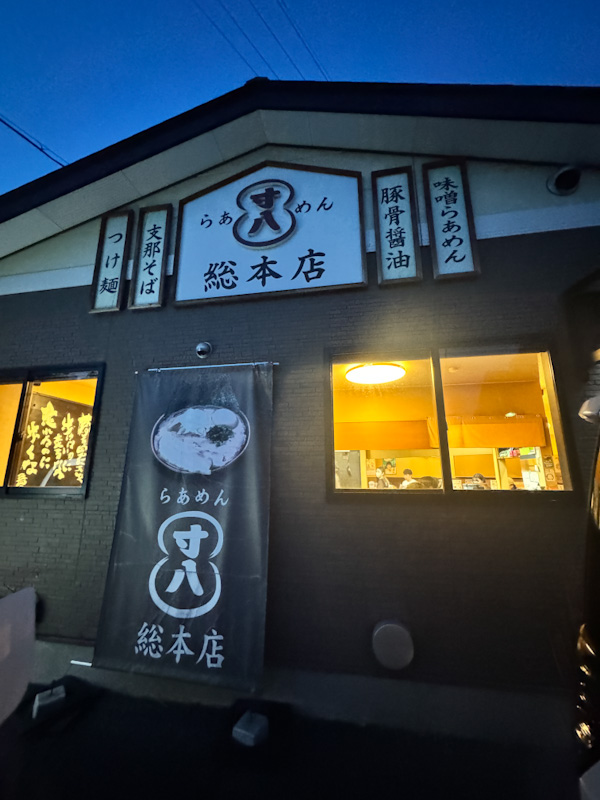
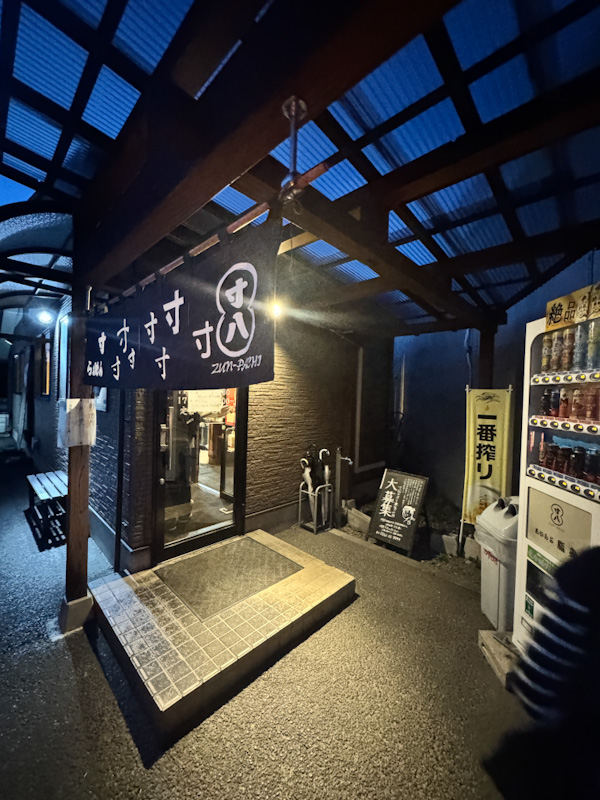
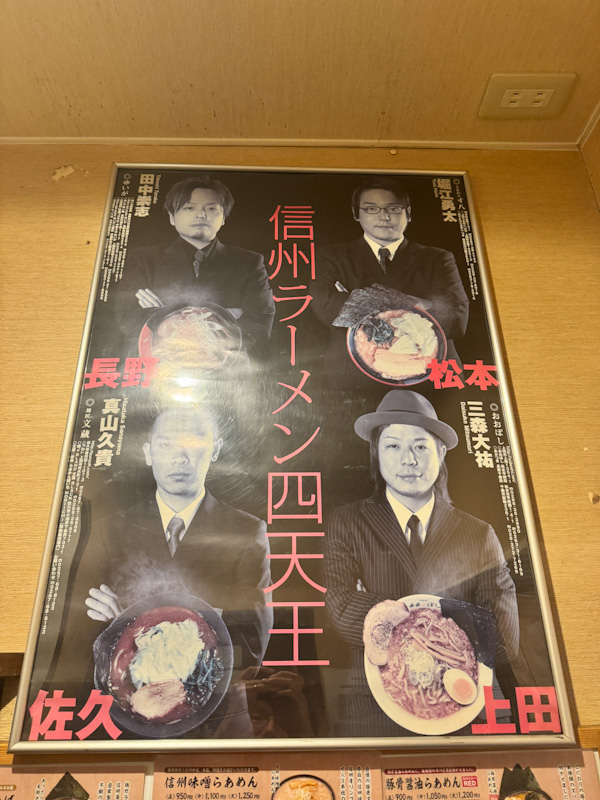
One of the four heavenly Shinshu ramen kings
Established in 2006, Zunpachi Ramen was born from the owner’s vision of creating more than just a destination for delectable ramen. With a focus on fostering an enjoyable and comfortable environment for both customers and employees alike, the aim was to cultivate a ramen experience worth revisiting.
At Zunpachi Ramen, meticulous attention is given to ingredients and preparation methods. From homemade noodles to the painstakingly long hours dedicated to brewing broth with a blend of pork and chicken bones (exceeding 12 hours), every aspect is meticulously crafted to perfection. The commitment to quality extends to the use of soy sauce and miso sourced from Marusho brewery, boasting a rich history spanning over a century.
Nestled in a quiet neighborhood area of the city, the main outlet of Zunpachi Ramen has become a magnet for ramen enthusiasts from far and wide. A testament to its popularity, the sight of patrons queuing outside is a common occurrence. Even on a Sunday night during our visit, the car park was packed to capacity, with queues snaking along the road.
The menu at Zunpachi Ramen offers a diverse selection, catering to a range of tastes from traditional IEKEI and miso to Tsukemen. However, it’s their IEKEI ramen, featuring Tonkotsu with Shoyu, that has garnered particular acclaim. To further tailor the dining experience, customers have the option to customize their ramen, adjusting noodle hardness, oil intensity, and saltiness to suit their preferences.
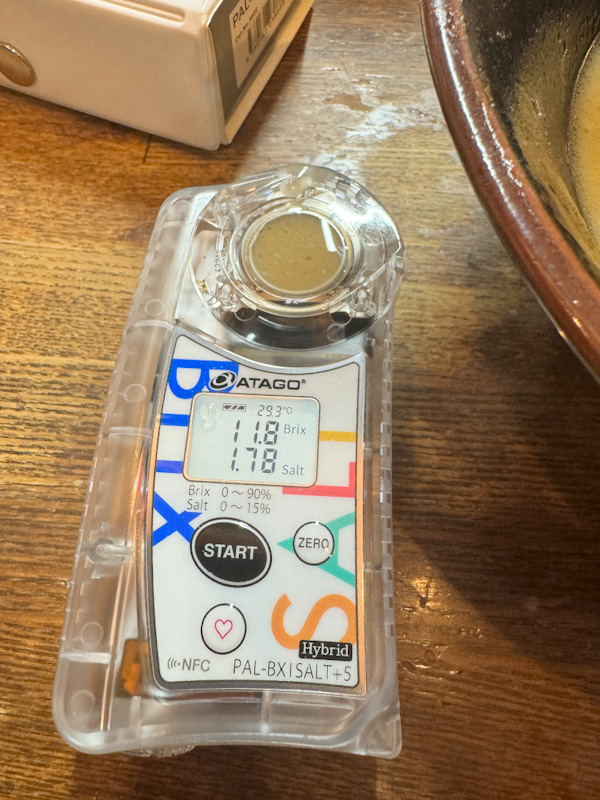
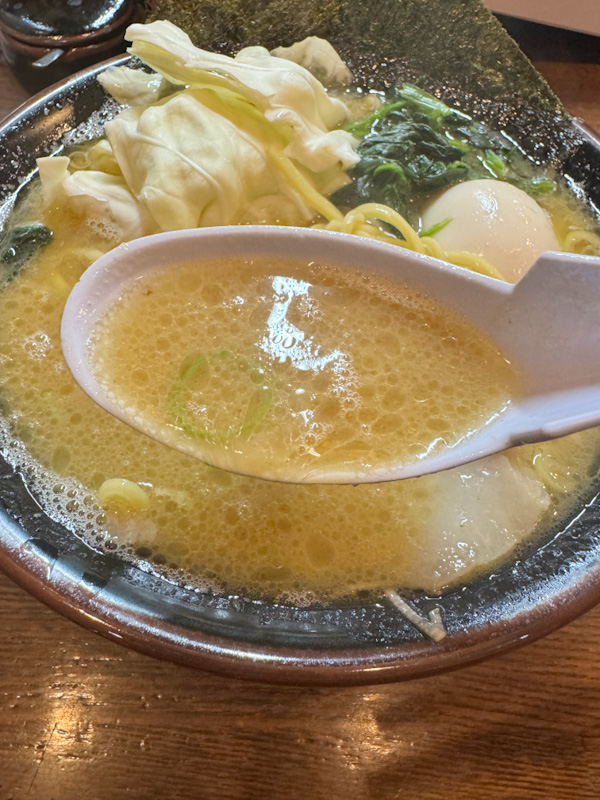
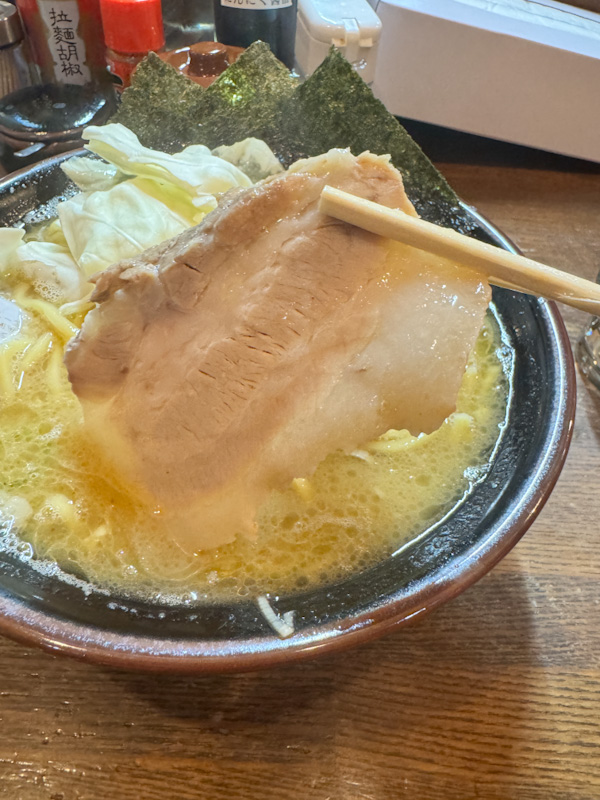
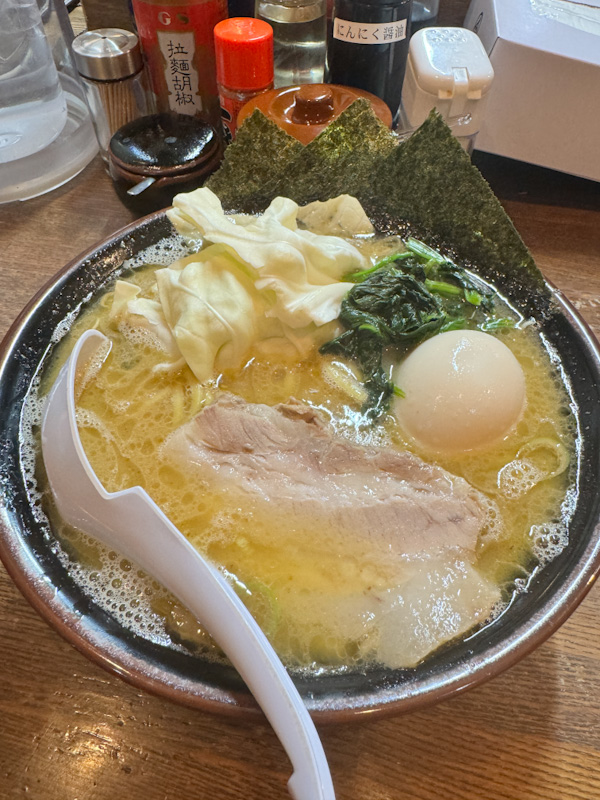

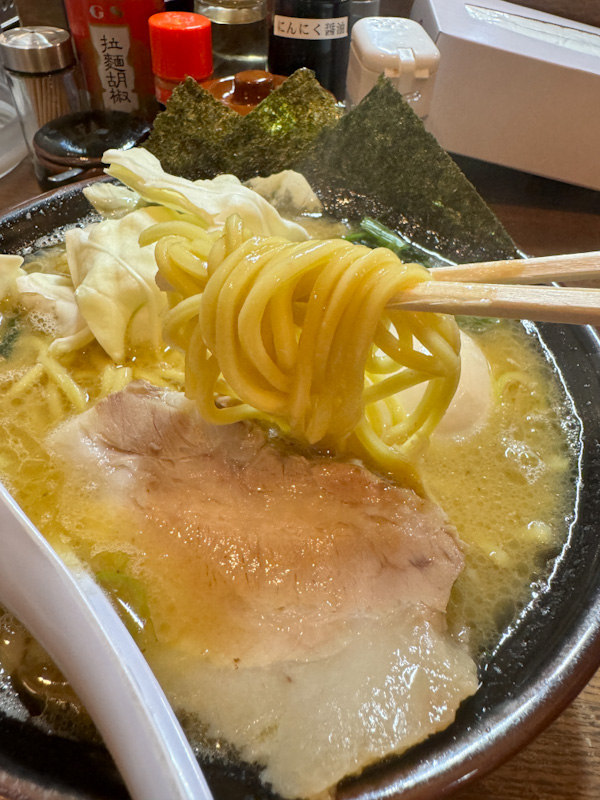
IEKEI RAMEN (TONKOTSU WITH SHOYU) – 85/100
Noodle: 30/35
The thick, vibrant yellow noodles are cut short for easy slurping and offer a fantastic chewy texture that’s both satisfying and enjoyable. Their shorter length facilitates a more manageable eating experience, ensuring each mouthful is packed with noodle goodness. What’s striking is not just the texture but also the color – a vivid hue that adds visual appeal to the dish. As you take a bite, the noodles provide a subtle earthy wheat taste, without any overpowering kansui flavor, ensuring a balanced and enjoyable noodle experience.
Soup: 25/35
The soup comes with a deep yellow hue and a thin layer of glittering oil resting atop, promising richness and depth. You’re greeted by a burst of bold shoyu flavor, a salty kick awakening the taste buds. This initial intensity gradually gives way to a savory undertone that hints at the Tonkotsu base, providing a comforting depth of flavor that lingers on the palate. Despite its oily appearance, the soup’s texture is surprisingly fluid, allowing it to coat each noodle strand evenly, ensuring no flavor is left behind.
Meat: 20/20
The chashu steals the show with its generous thickness and marbled texture, a testament to the chef’s expertise in selecting and preparing the perfect cut. The fatty parts dissolve effortlessly on the tongue with its gelatinous texture. Meanwhile, the leaner sections offer a bit more resistance, requiring some satisfying amount of chewing. However, this extra effort is rewarded with layers of flavour absorbed from the marinade, each bite delivering more savory flavours that complements the rich broth. In every aspect, the chashu elevates the ramen experience, adding depth, texture, and satisfaction.
Topping: 10/10
The toppings are a delightful symphony of textures and flavors, each element contributing its unique character to the dish. Crisp, raw cabbage adds a refreshing crunch, balancing out the richness of the broth and noodles with its fresh vegetal sweetness. Meanwhile, the mushy leafy vegetables provide a contrasting bitterness, adding subtle depth and complexity. And let’s not forget the seaweed, a humble addition that soaks up the broth’s essence, infusing each bite with an extra layer of umami. Together, these toppings create a harmonious medley that refreshes the palate throughout the meal.
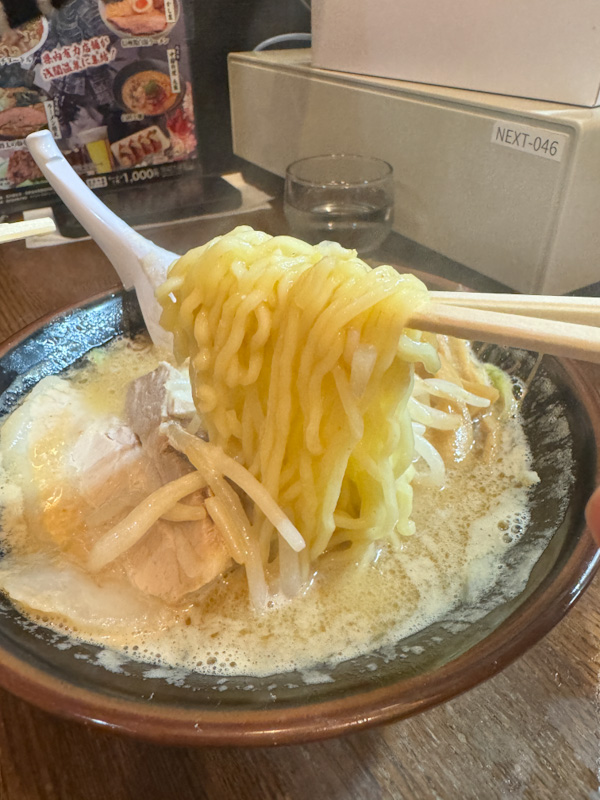
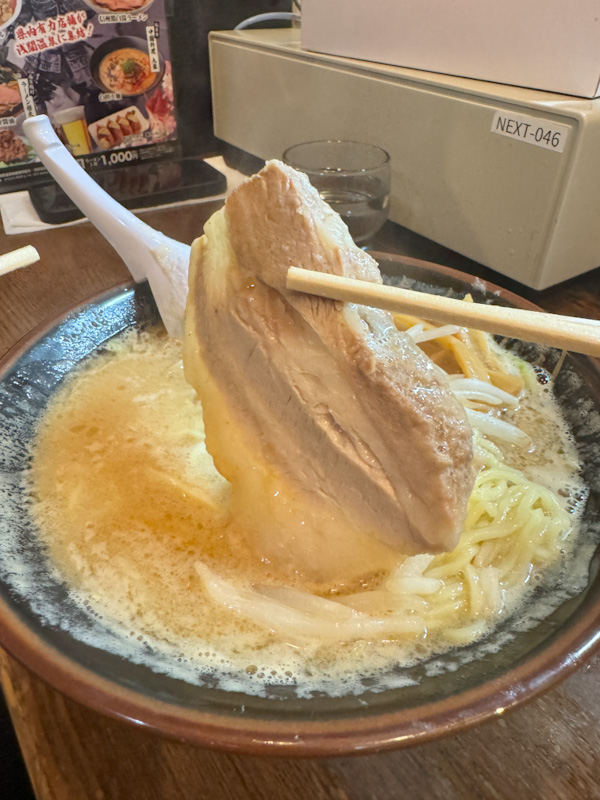

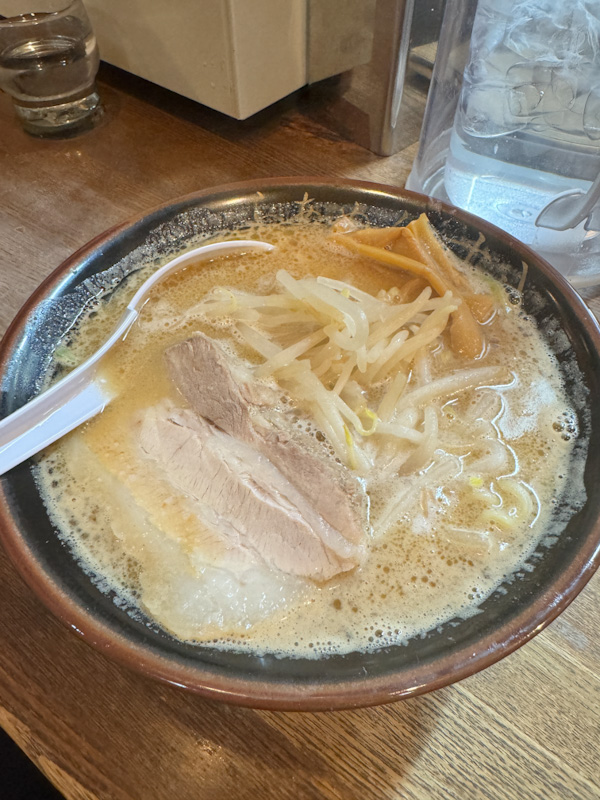
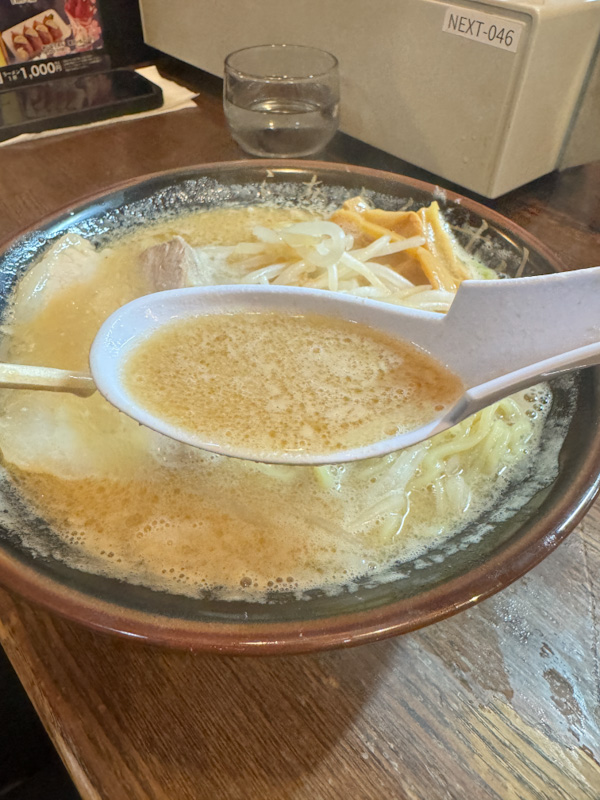
SHINSHU MISO RAMEN – 75/100
Noodle: 20/35
We were presented with a choice between thick and thin noodles, opting for the latter with a preference for a softer texture. The noodles served were of medium thickness, featuring a curly shape. Their texture boasted a springy, chewy consistency with a slight stickiness. Notably, there was a subtle earthiness to them, devoid of any unpleasant kansui taste.
Soup: 30/35
Compared to its IEKEI counterpart, the soup of the Shinshu Miso Ramen exhibits a creamier appearance. It delights the palate with a smooth, savory richness and a gentle, comforting sweetness. A hint of garlic and the understated earthiness of the miso contribute to its depth of flavor, creating a harmonious melody that resonates with every sip.
Meat: 20/20
Utilizing the same chashu as its counterpart, this rendition showcases the chef’s skill in selecting and preparing the perfect cut. The chashu steals the spotlight with its generous thickness and marbled texture, promising a melt-in-your-mouth experience. The fatty portions dissolve effortlessly, offering a gelatinous texture that tantalizes the taste buds. Meanwhile, the leaner sections provide a satisfying chew, each bite releasing layers of flavor absorbed from the marinade. This interplay of textures and flavors elevates the ramen experience, enhancing its depth and satisfaction.
Topping: 5/10
The toppings consist of a generous portion of beansprouts and menma, which add an acceptable but unremarkable element to the dish. While they contribute to the overall composition, their impact on the meal’s flavor profile is minimal, leaving room for improvement in enhancing the dining experience.
DISCLAIMER
One man’s meat is another man’s poison.
Find out more about our palettes and how we evaluate our ramen here. 😉

